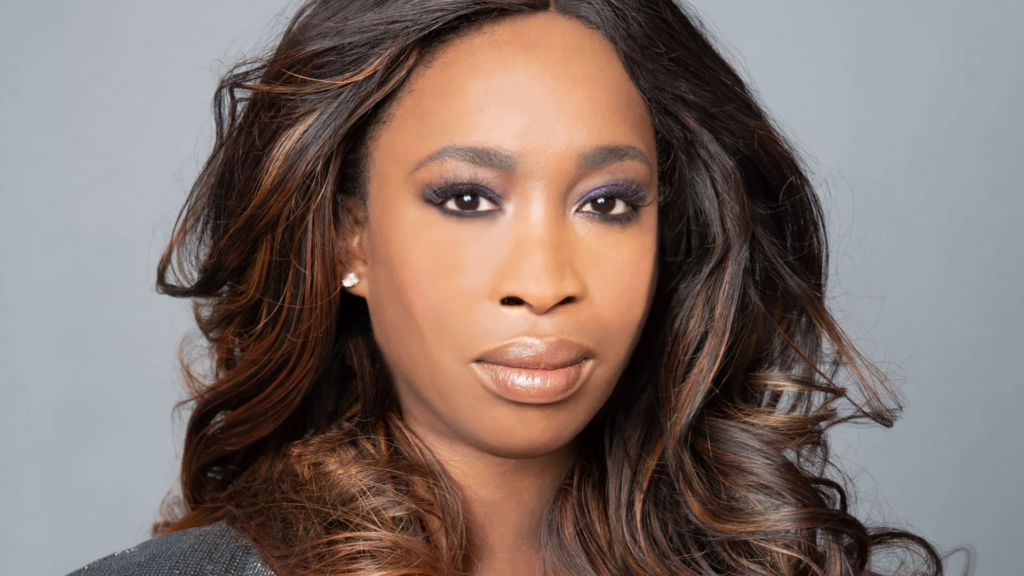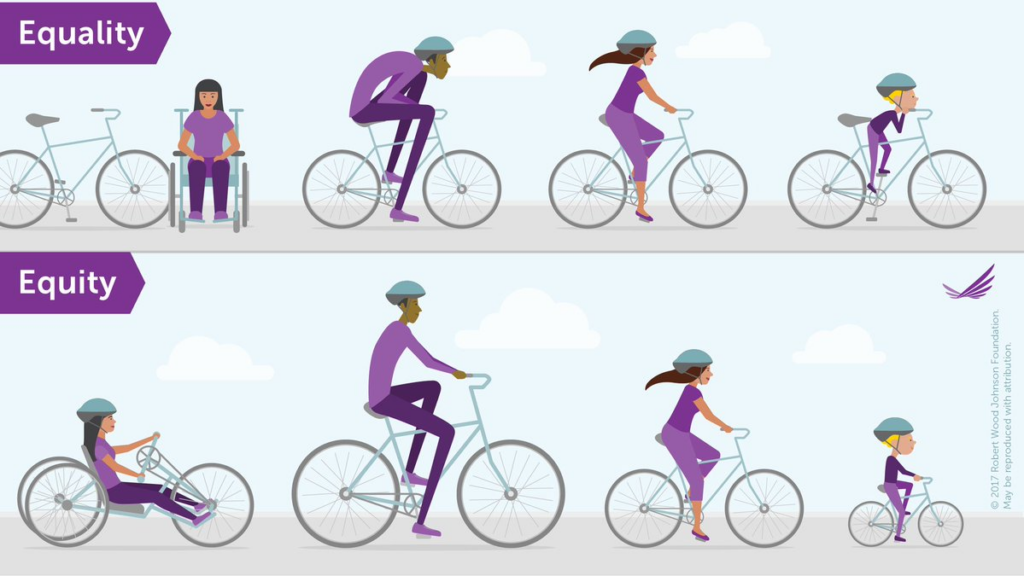13 September 2022 |
The New Inclusive Future of Fintech
By
We all want to be seen.
When we think about inclusion, we need to consider everyone wanting a product or service to feel like they were thought of throughout the product design and development process.
Look at this example from Etsy, which encompasses what it means to help someone feel seen.
How can fintech, too, reshape building products for all?
Annie Jean-Baptiste has answers.

Annie has spent her career ensuring tech product design accounts for all users, not just those in the room, as the founder of Equity Army, author of Building for Everyone, and in her role at Google as head of product inclusion.
She created the movement 3.5 years ago to ensure underrepresented users felt validated throughout the product design process.
Today, she’s sharing insights on building inclusive products across the intersections of 12 dimensions of diversity.
During Annie’s presentation at the Future Proof Festival, she shared that the Etsy video was a way for us to see the first step to understanding inclusive product design.
It starts with intersectionality – a term by Kimberlé Crenshaw – which discusses how the intersections of identity overlap and affect customers.
It’s also critical to understand baseline language. So, if you’re newer to the DEI product design process (or you’re a WTFintech subscriber), you may have heard the terms “equity” and “equality” tossed around.
Here’s an illustration of why the distinction between equity vs. equality is so important.

In this photo, you can see that the four different people at the top cannot use the same bike.
For the bottom four, they’ve got customized bikes retrofitted to each person.
So when we’re talking about inclusive product design, we’re trying to focus on the bottom image – equity.
We want to meet people where they are. So we don’t want a one-size-fits-allproduct or service.
It’s not helpful to give everyone the same bike if only one person can use it as intended.
We want to help consumers feel seen by understanding their lived experiences.
We also have to understand that there are dimensions of identity. There are different dimensions that Annie looks at when thinking about inclusive and equitable product design like:
- Race
- Gender
- Geography
- Abilities
Then, you have to think about the intersections of those dimensions.
For example, I’m an Asian American woman who’s right-handed. So it’s not like I’m Asian American on Monday, right-handed on Tuesday, and a woman on Wednesday.
I’m all of those things all of the time. It affects how I move through the world. It affects how the world views me and how I interact with products and services.
With technology, all dimensions have to intersect.
As industry leaders, we have to think holistically about how we’re building products to cater to all of those dimensions.
That’s because if you do not intentionally, deliberately, and proactivelyinclude, you’ll unintentionally exclude.
Fintech has room for improvement here.
I know we’re not always trying to exclude people on purpose.
But if we’re not intentional about asking: “Who else needs to be in this room? What other perspectives do we need?” We will unintentionally exclude.
We all have biases – and that’s okay.
We all have to make mental shortcuts to move through the world.
But we want to ensure that we’re intentional about understanding and naming our biases, and figuring those out is critical to product development and design.
Once we do, we can bring those perspectives that have historically been at the margins into the center.
I’d encourage you to consider the different dimensions you may not have thought of when you’re building your fintech company’s products.
It’s equally essential to parse your user data differently.
Often, operators will think: “We’ve looked at this, and the majority of the population thinks this way, so we’ll cater to that.”
The problem is that you’re not getting the perspective of a potential new customer that way. There is harm in that thinking when historically marginalized groups are not a part of that majority.
We also need to understand the difference between good intent versus impact.
People often assume good intent when we think about diversity, equity, and inclusion.
That’s important, but we must move from intent to impact.
Going back to that quote about unintentionally excluded, of course, it’s unintentional, but the impact is still the same.
In the fintech industry, there’s a massive opportunity to transform people’s lives.
We have to take ownership of that and understand that our power will shift more when we embrace impact and not just intent.
Let’s continue this conversation in Part 2.